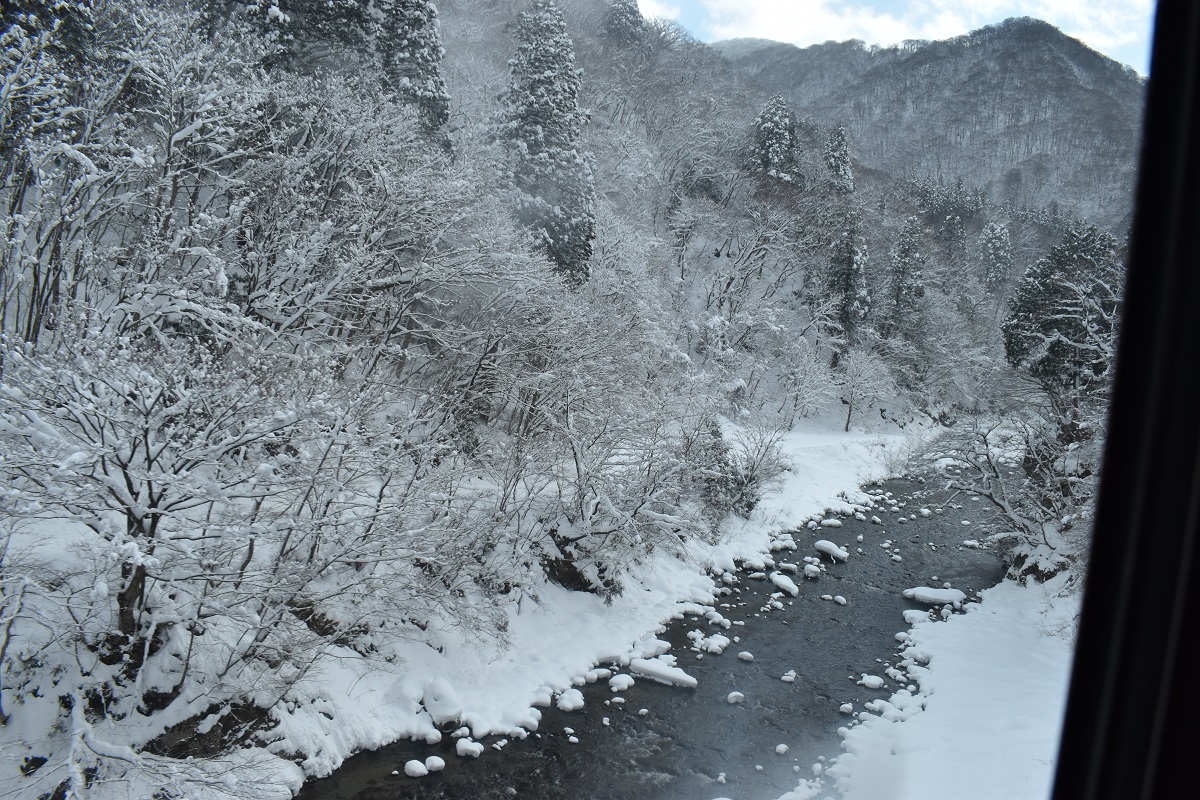Chichibugahama beach became quite famous on Instagram etc. If you want to enjoy Uyuni Salt Lake, which reflects the whole sky like a mirror at your feet, only in pictures, check the time of low tide and sunset before heading there.
It looks majestic in the photo, but the shooting site is covered in mud, and everyone is looking into the viewfinder from a low posture. Looking at Instagram, I still want to expect to see the magnificent scenery with the naked eye, but….. There are three major disappointments in the world, but don’t let that happen here. By the way, the three biggest disappointments experienced were “the Little Mermaid Statue”, which if you take a picture from the side rather than diagonally above, the factory area will be reflected in the background, “the Lorelei Rock”, which you won’t notice even if you were guided on a sightseeing boat, and “the Manneken Pis”, which is smaller than you thought. But it’s not too bad. It would be scary if Manneken Pis were huge. (A girl’s version of Manneken Pis was built nearby, but I don’t know what’s going on now.)
Kannonji
If I had a little more time, I would have liked to see the sand art of the Kan-ei Tsuho, a huge coin made in sand from the Edo period, from above. Did you know that it was the title background of the TV historical drama program Zenigata Heiji. However, it was close to sunset time, so I headed to the nearby Kamenoi Hotel in Kannonji. Impressed by elaborate appetizers.
View of Mt.Kotohira in the morning from the opposite side of Konpira

















































 Crusing from Onomichi to Tomonoura
Crusing from Onomichi to Tomonoura









 The place where the Korean envoys stopped by still remains, and it is also the place where Japan’s first maritime casualty negotiations occurred between steamships on the late Edo period. Here is the site of a true story in which the Kishu Domain (almost Wakayama prefecture), which was under the control of the shogunate, was defeated by the Kaientai led by Ryoma Sakamoto, according to the World Public Law.
The place where the Korean envoys stopped by still remains, and it is also the place where Japan’s first maritime casualty negotiations occurred between steamships on the late Edo period. Here is the site of a true story in which the Kishu Domain (almost Wakayama prefecture), which was under the control of the shogunate, was defeated by the Kaientai led by Ryoma Sakamoto, according to the World Public Law.





















































































